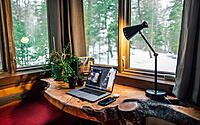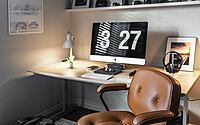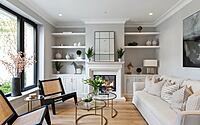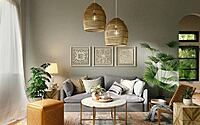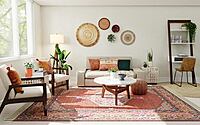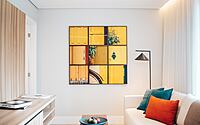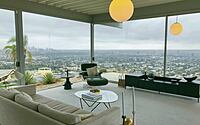7 Simple Tips for Designing Your Home Office
Over the years, working from home became the norm for several professionals and entrepreneurs. When designed efficiently, home offices can be a haven for productivity for working individuals. If you’ve always wanted to create the perfect home office, here are seven valuable tips to help you in the process.
Identify your work needs
Not all workspaces have the same function. Before you begin the design process, identify your work needs and preferences. Do you need more space or storage solutions? Will you be more comfortable working with a standing desk or a traditional one? Setting clear expectations early on can make the entire process easier and more efficient.
Select a location
Location is integral when setting up the perfect home office. Select a quiet area in your home with minimal to zero distractions. If you’re living alone, refrain from using your bedroom as your workspace, and choose a spot that fosters productivity and focus. On the other hand, if you have a big household, an area with the least foot traffic is more beneficial as interruptions are less.
Invest in quality furniture and equipment
Since you’ll likely be in your home office often, your furniture must be comfortable and conducive for working. Invest in quality work tools and an ergonomic office chair. Avoid office furniture that is too comfortable or encourages unscheduled rest.
If using a desk, ensure it fits perfectly in your work area without compromising space. It should be wide enough to accommodate your work equipment and of the right height. You can check informational sites such as Deskography if you need desk setup inspiration.
Maximize natural lighting
Proper lighting is crucial for an efficient workspace. A location with the most natural light can help boost your energy and productivity. Ensure that your chosen work area has ample lighting, and arrange your work furniture if necessary. Avoid dark curtains, and open your windows frequently to help improve indoor air. A home office with excellent natural light not only increases your efficiency but also lowers your energy consumption.
Use colors wisely
Colors can evoke various reactions, so using the right colors is essential. Select a color scheme that can boost concentration and is not distracting. Avoid overly loud colors and go with neutral shades such as gray, beige, taupe, and off-white. However, if you need to be more energized while working, opt for vibrant color combinations.
Plan for storage
When designing your home office, planning for storage is vital. Most home offices have limited space, and unorganized items and unnecessary clutter can make the space even smaller. Aside from removing clutter, use storage solutions that can accommodate your work materials. Install floating shelves as they can fit any room more than conventional bookshelves.
Personalize it
While it is ideal that your home office blends well with the overall style of your home, you can design it in a manner that showcases your personality. Whether it’s a favorite painting, personal memorabilia, or a unique sculpture, make sure to add pieces or furnishings that can inspire you to perform at your best.
- by Matt Watts

